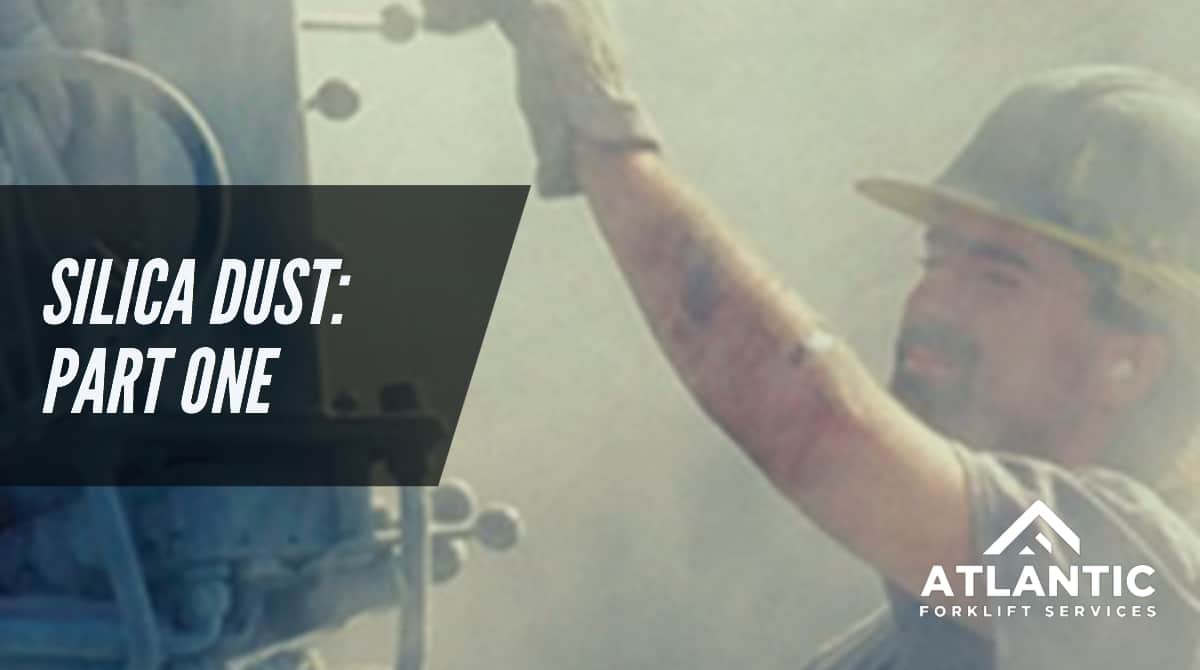 These next two blog entries may, or may not, apply to the work your facility does – but it’s really important on several levels so it’s worth spending the time on.
These next two blog entries may, or may not, apply to the work your facility does – but it’s really important on several levels so it’s worth spending the time on.
Federal regulations about the handling of silica dust in the workplace are changing, and if you haven’t already, you’re going to need to adjust quickly.
Silica dust is produced when you crush, cut, grind, drill into, or blast concrete, dust, and rock. Its crystalline particles can get into a person’s lungs and cause serious, and sometimes fatal conditions.
Let’s start with those health hazards. If you work in a facility that – even occasionally – crushes or drills concrete, rock, and the other masonry items listed above, you need to be aware of the dust that is created. These actions with these specific items cause the release of small, breathable particles of silica dust. Exposure to even a small amount of this dust can cause respiratory problems from silicosis to chronic bronchitis, kidney disease, renal failure, and lung cancer.
That’s a serious list. OSHA reports that more than two million US workers are exposed to silica dust on the job. The organization identifies construction sites and general industry businesses, and even asphalt roofing, dental applications like sand-blasting dental castings, and jewelry companies as being potentially hazardous locations for silica dust exposure. They also have a separate but similar new regulation for maritime operations.
OSHA acknowledges that workers who are most susceptible to silica dust-related conditions are those who are exposed to the particles for an extended period of time, but they estimate that these new regulations will save hundreds of lives a year, and greatly reduce the chance of developing potentially serious conditions.
In our next blog, we’ll get into the specifics of the new regulations and how you can best comply. In the meantime, don’t hesitate to contact our experts st (704) 842-3242, who not only know everything there is to know about forklifts and material handling, but they know a thing or two about OSHA regulations as well.
